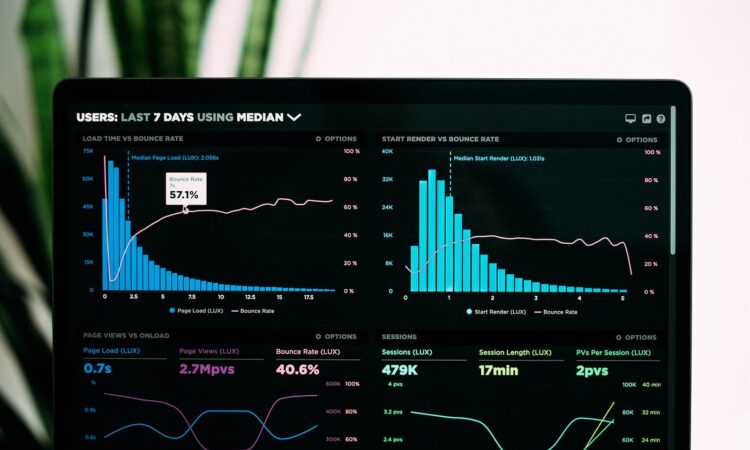
In the realm of data analytics, the ability to seamlessly integrate data sources with powerful analytical tools is paramount. Enter ClickHouse Python, a dynamic combination that empowers data analysts and developers to leverage the speed and scalability of ClickHouse within the familiar Python ecosystem. Let’s embark on a journey to uncover the synergies between ClickHouse and Python, and how this integration revolutionizes data analysis workflows.
Understanding ClickHouse Python Integration
ClickHouse Python integration facilitates the interaction between ClickHouse, a high-performance analytical database, and Python, a versatile programming language widely used for data analysis, machine learning, and visualization tasks. This integration allows users to leverage the strengths of both platforms, combining ClickHouse’s speed and scalability with Python’s flexibility and rich ecosystem of libraries.
Key Features of ClickHouse Python Integration
1. Python ClickHouse Client: ClickHouse provides an official Python client library that allows users to connect to ClickHouse instances, execute queries, and fetch results directly from Python code. This client library simplifies the process of interacting with ClickHouse databases, enabling seamless integration into Python-based data analysis workflows.
2. Pandas Integration: ClickHouse Python integration also extends to popular data manipulation libraries such as Pandas. Users can seamlessly transfer data between ClickHouse and Pandas DataFrames, enabling efficient data analysis, transformation, and visualization within the Python environment.
3. Scalability and Performance: By leveraging ClickHouse’s blazing-fast query execution engine, Python users can perform complex analytical queries on large datasets with minimal latency. This scalability and performance make ClickHouse Python integration ideal for handling big data analytics and real-time data processing tasks.
Benefits of ClickHouse Python Integration
1. Faster Data Analysis: ClickHouse Python integration enables users to analyze large volumes of data quickly and efficiently, thanks to ClickHouse’s optimized query processing engine. This speed is especially beneficial for real-time analytics, where timely insights are crucial for decision-making.
2. Seamless Workflow Integration: By seamlessly integrating ClickHouse with Python, users can leverage their existing Python-based data analysis workflows without the need for additional tools or technologies. This integration streamlines the analytical process and reduces the complexity of managing multiple software environments.
3. Flexibility and Versatility: Python’s versatility combined with ClickHouse’s performance offers users unparalleled flexibility in designing and executing analytical workflows. Whether performing exploratory data analysis, building machine learning models, or generating visualizations, ClickHouse Python integration provides the tools and capabilities to tackle diverse analytical tasks.
Real-World Applications
ClickHouse Python integration has a wide range of real-world applications across industries. From analyzing customer behavior in e-commerce platforms to processing sensor data in IoT applications, organizations leverage ClickHouse Python integration to extract insights from large and complex datasets, driving innovation and decision-making.
Conclusion: Empowering Data Professionals
In conclusion, ClickHouse Python integration empowers data professionals to unlock the full potential of their data by combining the speed and scalability of ClickHouse with the flexibility and versatility of Python. By seamlessly integrating ClickHouse into Python-based data analysis workflows, users can perform complex analytical tasks efficiently and effectively, leading to better insights and informed decision-making. As organizations continue to prioritize data-driven strategies, ClickHouse Python integration stands as a testament to the power of collaboration between high-performance databases and versatile programming languages in driving innovation and unlocking value from data.
